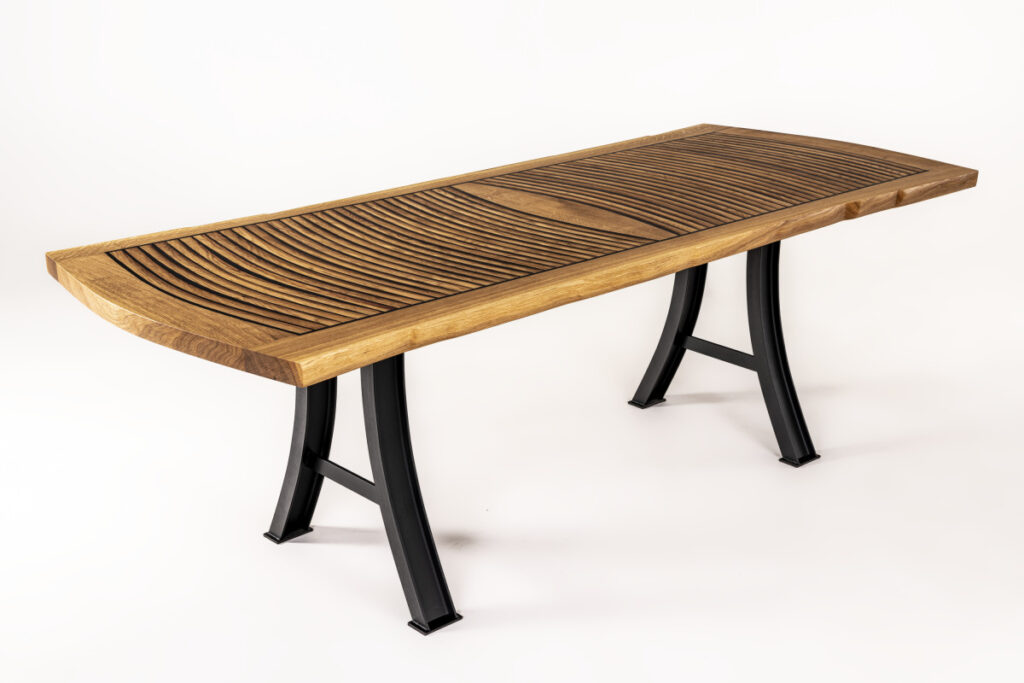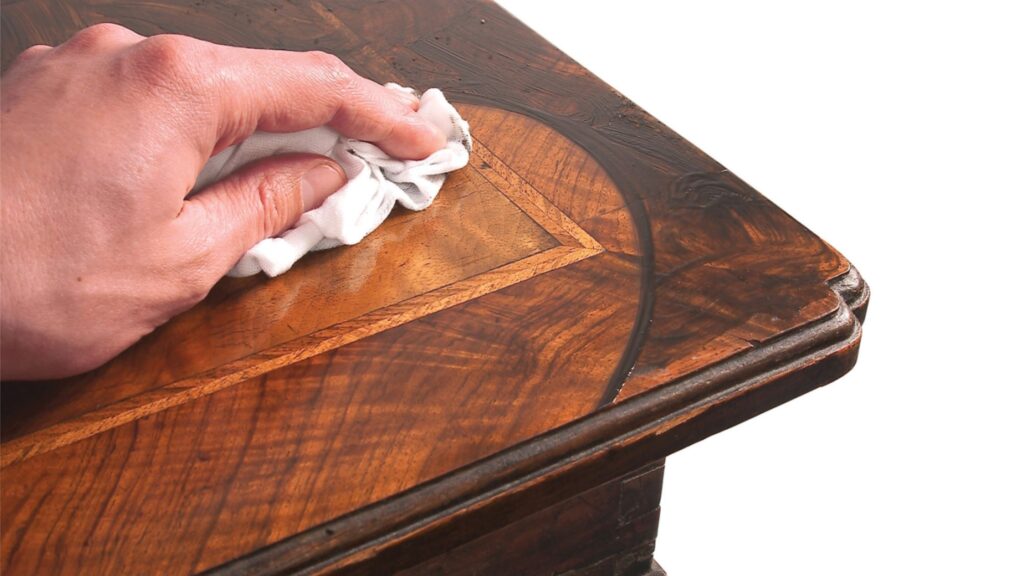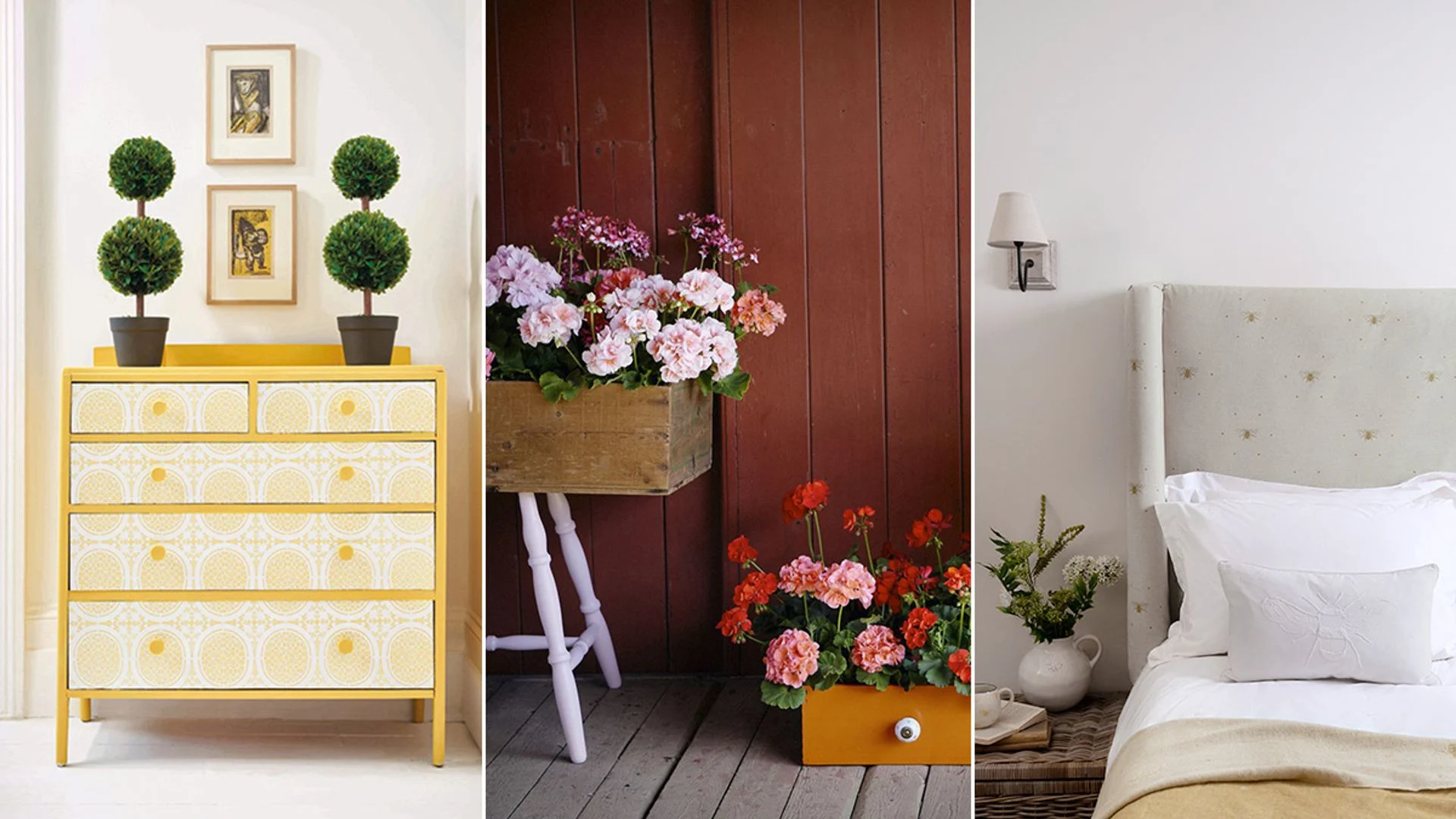Upcycled furniture business refers to the process of giving new life to old or used furniture. In this business, old and unused furniture items are remodeled, decorated and painted so that they can be reused in a new and attractive form. This method of recycling old furniture through upcycling is not only beneficial for the environment, but it also gives you a unique and personalized product.

In this business, your main responsibility is to take old furniture and change its design, color and decoration so that it can be in line with current trends and customer preferences. It can be started with low investment, as most of the materials and furniture used in it are already present. Thus, upcycled furniture business can not only give you financial benefits, but also contribute to environmental protection.
Table of Contents
1. Analyze local demand and trends for upcycled furniture
Before starting an upcycled furniture business, it is extremely important to do thorough market research. This process will help you understand how much demand there is for upcycled furniture in your area and what designs or styles are currently popular. To analyze the local market, first you need to know which upcycled furniture businesses are already operating in your area and how their products are selling. You can visit local furniture shops, thrift stores, and online platforms to see which types of upcycled furniture are in high demand.

Also, analyze customer preferences and trends. This will give you an idea of what types of designs, colors, and materials people are looking for. With the help of social media, furniture design blogs, and trend reports, you can also get information about new trends and consumer preferences. Ultimately, based on this research you can better plan your products and marketing strategy, which will play a vital role in the success of your business.
2. Business Plan and Initial Investment
It is important to prepare a solid business plan for starting an upcycled furniture business. This plan should clearly define your business goals, such as what your main objective is—do you want to sell your products in the local market or aim to create a wide online presence? Also, understand your target customer segment. It is important to know who your primary customers will be, such as environmentally conscious customers, or people who are looking for unique and custom-designed furniture. Finally, prepare financial projections that show your expected expenses and potential income. This should include production costs, marketing expenses, and profit prospects.

Secure the initial investment
You will need an initial investment of between ₹20,000 and ₹50,000 to start an upcycled furniture business. This investment will be used in various important areas. This includes purchasing old furniture materials and tools required to repurpose them. Additionally, money will be needed for marketing and promotion so that your products are well-represented in the market. When planning this investment, you should ensure that you have the right materials, equipment, and promotional materials that are needed to start your business.
3. Source Materials and Set Up Workspace for Your Business
For success in the upcycled furniture business, it is important to source old furniture and upcycling materials correctly. You need to buy old furniture from thrift stores, second-hand markets, and collectors. You can also use local online platforms like OLX, Quikr, or social media groups where people exchange old furniture.

Apart from this, you can also try to get furniture as donations from people in the community. In this process, make sure you select furniture that is in good condition and has enough potential for upcycling. Getting the right materials will help you create furniture of better quality and design.
Arrange the Workspace
Having a proper workspace is extremely important for making upcycled furniture. If you are working on a low budget initially, you can use an empty room in your house or a garage. This area will provide you with enough space for rebuilding, painting, and decorating the furniture. Make sure the workspace has proper ventilation, especially if you are using paints and other chemicals. If you don’t have enough space at home, you can also look for a rentable workshop or studio. It can be sized and budgeted as per your needs. A proper workspace will have a positive impact on your productivity and the quality of the furniture.
4. Mastering Furniture Restoration, Painting, and Design
To succeed in a furniture upcycling business, you will need to develop specialized skills in furniture restoration, painting, and design. Furniture restoration involves fixing and repairing old and used furniture. It includes filling cracks in wood, removing old varnish, and repairing structural weaknesses.
Painting skills require you to master a variety of painting techniques, such as antique painting, distressed look, and other styles. Choosing the right paint and primer, and applying them properly, can give your furniture a new and attractive look.

Design skills involve understanding color combinations, patterns, and design. Ensuring that your design matches current trends and meets customer preferences can increase your product sales. You can learn and improve these skills using workshops, online courses, and DIY guides.
Developing all of these skills in the right way can help you create high-quality upcycled furniture that can be successful in the market.
5. Transform Old Furniture Into Stylish, Market-Ready Pieces
Design and Refurbish is the crucial phase in which you transform old furniture into something new and attractive. The process begins with evaluating the condition of the old furniture—to see how much repair it needs. Next, the furniture is cleaned and repaired, including repairing wear and tear, removing rot and dirt.
Next, you come up with new design ideas and plans. This includes choosing colors, patterns, and decorative elements that are in line with current trends and customer preferences. Then, you paint the furniture, properly apply paint or wood finishes, and add new hardware or accessories to give it a new and attractive look. Finally, after the furniture is completely dried and set, it is made market-ready. Throughout the process, your focus should be on quality and design so that the items you create are attractive and meet customer expectations.
6. How to Promote Your Upcycled Furniture
To promote your upcycled furniture, you need to use various marketing strategies. First, use social media properly. Share attractive photos and videos of your furniture on platforms like Facebook, Instagram, and Pinterest. Showcase your work and interact with your followers through regular posts and stories. Increase the reach of your posts by using hashtags.

Participate in local markets and fairs. Here you can showcase your products directly to customers and get feedback from them. Also, set up your shop on online platforms such as e-commerce websites and marketplaces. Create a website or blog to provide information about your work, customer reviews, and contact details. These methods will help increase your brand recognition and reach potential customers.
7. Process of selling and distribution
Setting up an online store:
First of all, set up an online store to sell your upcycled furniture. For this, you can use various e-commerce platforms like Amazon, Flipkart, or Etsy, or create your own website. Design a professional website, with good quality pictures and descriptions of your products. Set up a simple and secure payment gateway on the website so that customers can easily make purchases. Promote your online store using social media, so that you can reach more and more people.
Opening a local shop or store:
If you want to sell upcycled furniture in the local market, then opening a local shop or showroom can be a good option. For this, rent a suitable place which is close to your target customers. Make the decoration and display of the shop attractive so that customers are attracted immediately. You can also display your products in local fairs, markets, and craftsmanship exhibitions. This will give you direct contact with local customers and let you personally showcase the quality and design of your products.

Delivery Options:
After online and local sales, it is essential to plan the delivery and shipment of your products. If you are selling online, partner with a reliable courier service that can ensure safe and timely delivery. For local sales, you can manage the delivery yourself or through your staff. Make sure your furniture is delivered to the customer safely and in perfect condition, so that the customer remains satisfied and the chances of repeat purchases increase.
8. Monitoring and Adjusting: Sales Monitoring and Customer Feedback
To ensure success in the upcycled furniture business, it is extremely important to monitor sales and track customer feedback regularly. For this, you must first look at your sales figures carefully so that you can understand which products are selling the most and which are the least. This will give you a better idea of the market demand and you can adjust your stock and product lines accordingly.

Next, it is necessary to collect customer feedback. It is important to know what customers think about your furniture quality, design, and service. You can get this information through online surveys, feedback forms, or by directly interacting with customers. Based on this feedback, you can improve your products and also optimize your marketing strategy. Finally, based on sales and customer feedback, make necessary adjustments to your business strategy, such as introducing new designs, changing prices, or adopting new marketing techniques. Thus, with constant monitoring and adjustments you can continually improve your business and meet customer expectations.
9. Income Potential in Upcycled Furniture Business
Your income in the upcycled furniture business depends on the quantity and quality of work you do. If you prepare high-quality furniture pieces and sell them at a good price, you can earn ₹3,000 to ₹10,000 per piece. For example, a well-crafted and designed upcycled chair can sell for between ₹5,000 to ₹8,000. Thus, if you sell 10-15 pieces a month, your monthly income can range from ₹50,000 to ₹1,20,000.
Increasing your income will also depend on your marketing and sales strategies. If you use online platforms such as Facebook, Instagram or your own website, you can make your products reach a wider audience. Apart from this, displaying your furniture at local fairs and markets can also be helpful in increasing sales. A strong branding and marketing plan can play a vital role in increasing your income.
Ultimately, your success and income in this business will depend on your skills, hard work and market demand. Meeting customer expectations with high quality and exclusive designs can help you build a stable customer base. Additionally, if you introduce new and innovative designs from time to time, your income potential can also increase.
Conclusion
Starting an upcycled furniture business offers a sustainable and creative approach to furniture design. By transforming old and unused pieces into stylish and functional items, you not only contribute to environmental conservation but also cater to a growing market for unique, personalized home décor. With minimal initial investment primarily focused on materials and tools, this business model is accessible and adaptable. By leveraging existing resources and focusing on design trends, you can effectively capitalize on the demand for eco-friendly products. Ultimately, this business not only provides financial benefits but also aligns with a commitment to environmental stewardship, making it a rewarding and impactful venture.
If u want to Watch the Video You can visit to our You tube Businovations Channel and watch the video……
Click the link to read the Recent Posts….
Start a Home Decorative Painting Business From Passion to Profit (292)

